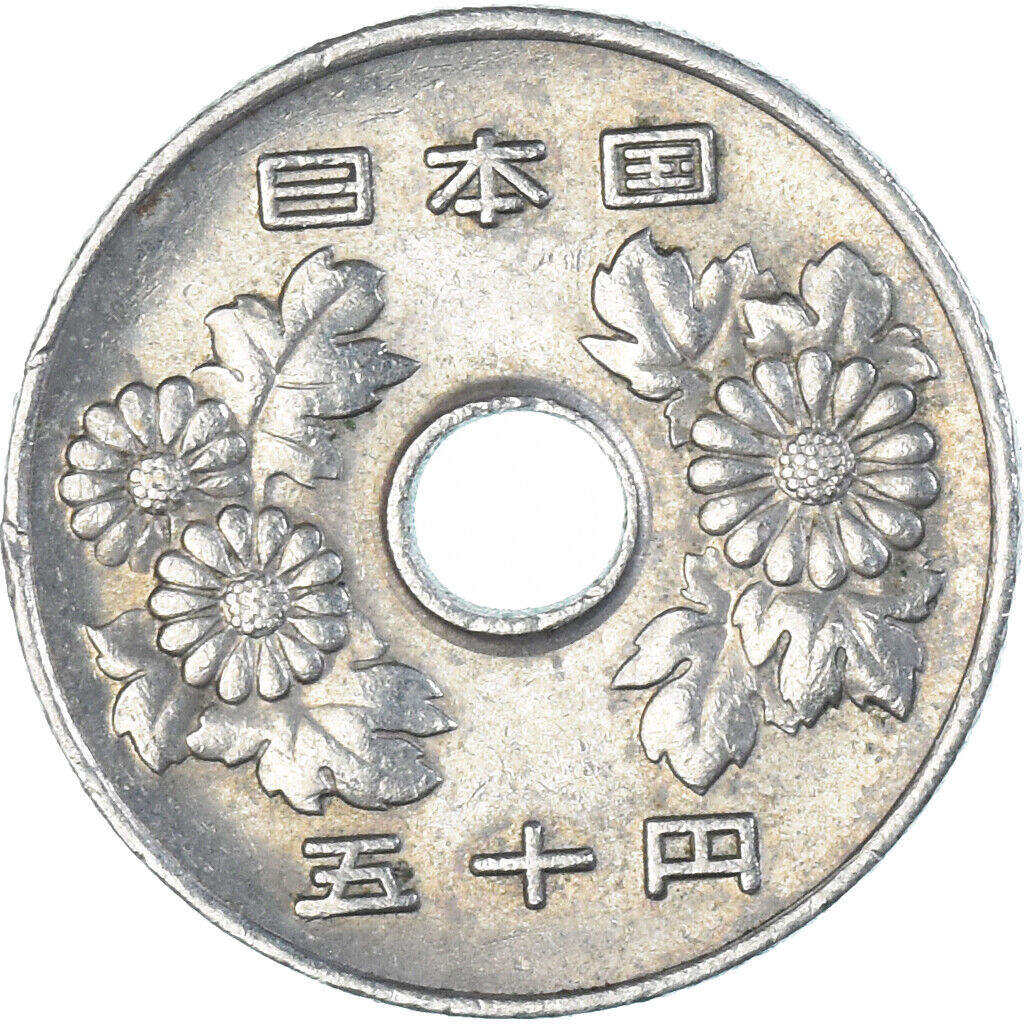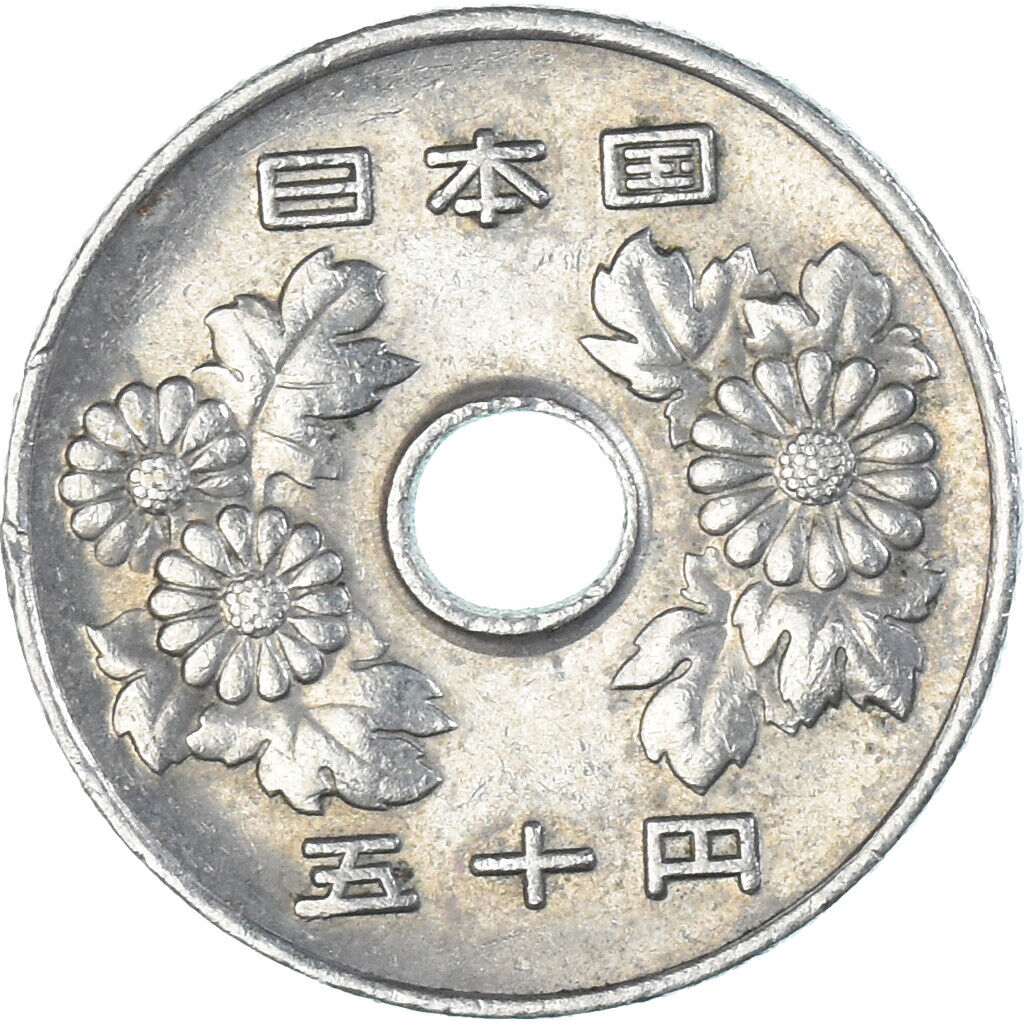Edinburgh Coins
50 Yen, 1978
50 Yen, 1978
Regular price
£16.99 GBP
Regular price
Sale price
£16.99 GBP
Unit price
per
Tax included.
Couldn't load pickup availability
The 1978 50 Yen coin is a notable piece of Japanese currency from the late 20th century, reflecting Japan's economic stability and cultural heritage during that era.
On the obverse side of the coin, one typically finds a depiction of a chrysanthemum flower, which is the symbol of the Japanese Imperial family and represents longevity and rejuvenation. Encircling the flower is the denomination "50" accompanied by the Japanese character for "Yen."
The reverse side commonly features the year of minting, "昭和53年" (Shōwa 53 nen), indicating the 53rd year of the Shōwa era corresponding to 1978. Additionally, the design may include the value "50 YEN" in Japanese characters, along with other decorative elements or patterns.
Crafted from durable metals such as copper-nickel or brass, the 1978 50 Yen coin would have been widely circulated throughout Japan, serving as a medium of exchange for everyday transactions and commerce.
Beyond its monetary value, this coin holds historical and cultural significance as a representation of Japan's economic progress and cultural heritage during the late 20th century. It remains a cherished collectible for numismatists and a tangible link to Japan's rich cultural heritage and economic development during this period.
View full details
On the obverse side of the coin, one typically finds a depiction of a chrysanthemum flower, which is the symbol of the Japanese Imperial family and represents longevity and rejuvenation. Encircling the flower is the denomination "50" accompanied by the Japanese character for "Yen."
The reverse side commonly features the year of minting, "昭和53年" (Shōwa 53 nen), indicating the 53rd year of the Shōwa era corresponding to 1978. Additionally, the design may include the value "50 YEN" in Japanese characters, along with other decorative elements or patterns.
Crafted from durable metals such as copper-nickel or brass, the 1978 50 Yen coin would have been widely circulated throughout Japan, serving as a medium of exchange for everyday transactions and commerce.
Beyond its monetary value, this coin holds historical and cultural significance as a representation of Japan's economic progress and cultural heritage during the late 20th century. It remains a cherished collectible for numismatists and a tangible link to Japan's rich cultural heritage and economic development during this period.




